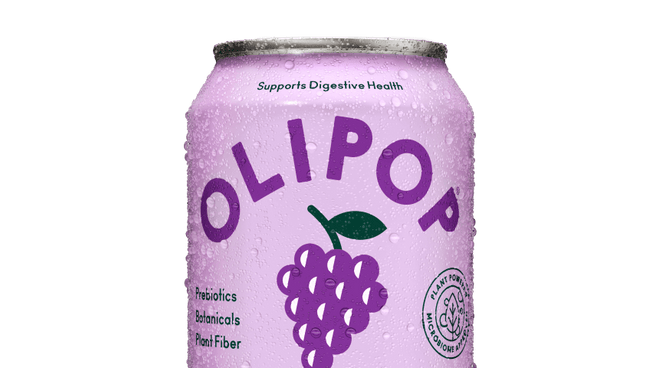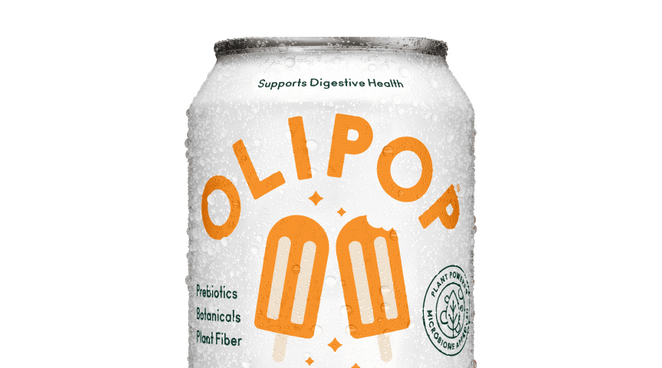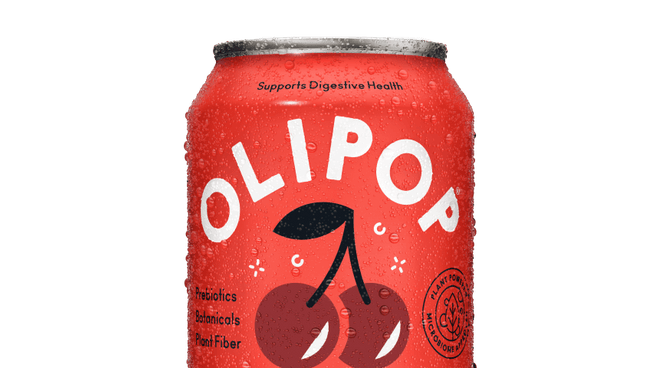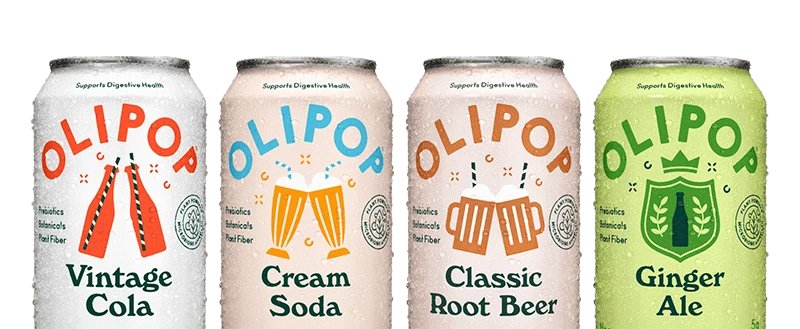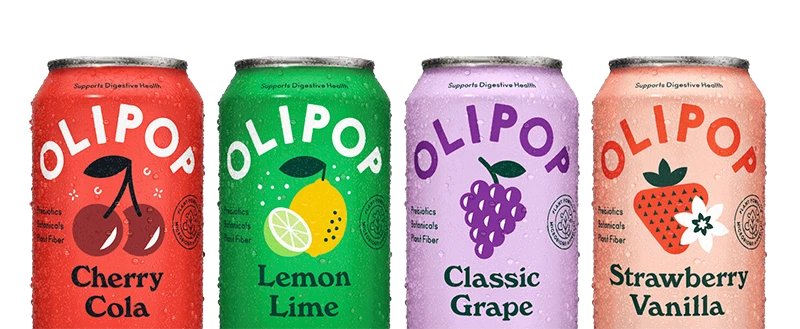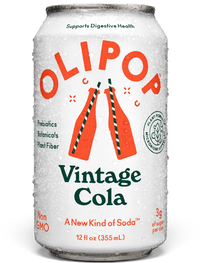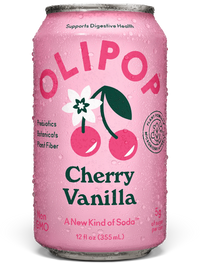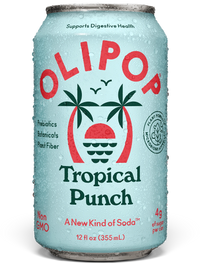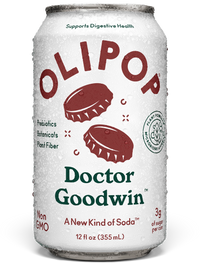Sustainability Engineered into Every Can
Rooted in our core values, we're committed to making a positive impact on the planet and the communities we’re connected with. Our approach is comprehensive, encompassing sustainable practices in sourcing, production, and beyond. We believe in creating delicious, health-conscious beverages while nurturing the environment and fostering a culture of responsibility and care.
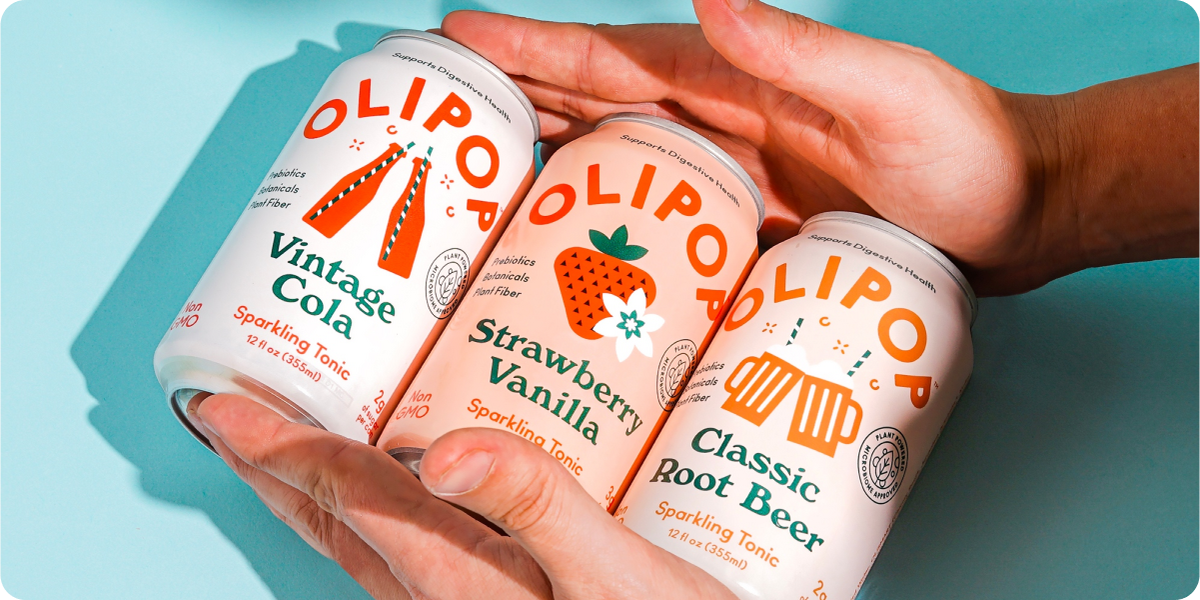
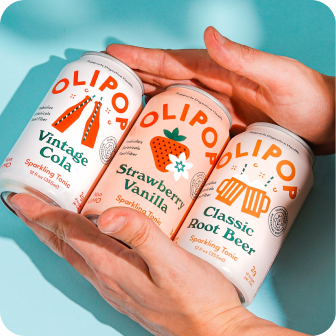
Founding Vision and Core Beliefs
OLIPOP was born from a vision shared by our founders, Ben and David, to disrupt the beverage industry by reducing sugar intake and promoting fiber and prebiotics. As a Public Benefit Corporation (PBC), our actions—from sourcing to culture—are guided by this pioneering spirit, aiming not only to enhance human health but also to protect our planet.
OLIPOP innovates crave-worthy food and beverage products “for the people'' that support health and well-being without compromising taste. Compared to traditional sodas, our functional, research-backed formulas reduce sugar without artificial ingredients and increase chronically deficient nutrients, such as fiber. We strive to contribute to a better society by supporting initiatives focused on nutrition access and education, “Food as Medicine,” and advancing scientific and psychological literacy. Additionally, we are committed to supporting sustainable food production and reducing our carbon footprint.
What Are We Doing to Help?
Every can of OLIPOP is a step towards sustainability, reflecting our commitment to blending enjoyment with eco-consciousness. Discover how our dedication to innovation and responsible sourcing makes each sip a contribution to a greener future.

On July 12, 2023, OLIPOP became a Certified B Corp with a score of 91, marking our steadfast dedication to positive global impact. This achievement reflects our core values and operational principles:
Governance: Our mission-driven approach integrates crucial social and environmental aspects, focusing on reducing sugar and enhancing fiber intake while supporting initiatives for a healthier society and planet.
Workers: We prioritize employee welfare with living wages, bonuses, and a satisfaction rate of over 95%. Our diverse workforce thrives on inclusive policies for growth and flexible work arrangements.
Community: OLIPOP actively engages in community building, sourcing a majority of our inputs nationally to support local economies. Our charitable endeavors and public engagements aim to maximize social and environmental benefits.
Environment: Our dedication to the environment is demonstrated through comprehensive life cycle assessments, energy usage monitoring, and proactive greenhouse gas emission management. The majority of our inputs prioritize environmental health, highlighting our ongoing efforts to reduce ecological impact.
Customers: Our customer-centric approach prioritizes health and wellness, backed by strong quality assurance and feedback processes to ensure satisfaction and product safety. We are steadfast in our commitment to responsible data management, safeguarding customer privacy and security.
Our dedication to the environment is demonstrated through comprehensive life cycle assessments, energy usage monitoring, and proactive greenhouse gas emission management. The majority of our inputs prioritize environmental health, highlighting our ongoing efforts to reduce ecological impact.
Our commitment to sustainability extends to rigorous evaluations of our supply chain, ensuring that our practices meet the highest standards of social and environmental responsibility.
Central to our mission is the health of our customers and communities. We're champions of the Food as Medicine movement, aiming to educate and inspire towards a more sustainable lifestyle.
Our team's wellness is paramount. We thrive as a remote-first company, reducing emissions and fostering a culture of inclusivity and growth.
The OLIPOP Community's Impact
1% of every OLIPOP purchase is donated to a nonprofit of your choice.
Check out the impact the OLIPOP community is making below.
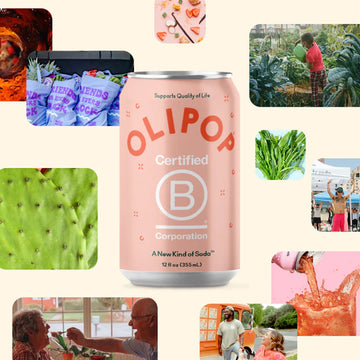
Dive Deeper into Our Journey
For those who wish to explore further, our environmental, sustainability and governance blogs offer a closer look at the strides we're making towards a sustainable future. Discover the stories and join us in our commitment to making a difference.










